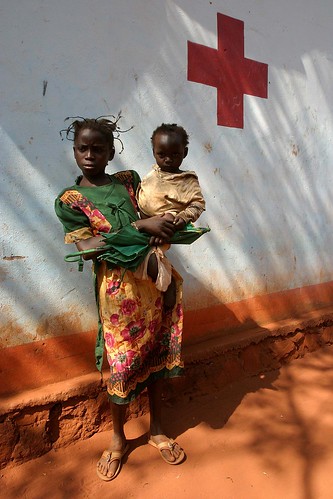It’s easier to be self-righteous when you’re in DC. At headquarters, things seem clear. Good managers, bad managers, good programs and bad programs – you can tell what works and what doesn’t. You can end programs that don’t make sense, or don’t seem to be doing what they’re supposed to.
I was talking to the guys from GiveWell the other day, and one question that they asked was – why do some many international NGOs implement programs that have no evidence for their effectiveness? If you have no idea what impact a program has, why do it? At the time, I had trouble coming up with a clear answer. Put in those terms, it’s pretty mysterious.
Now, though, I have an answer: in the field you see people’s faces. Say you’re running a multi-million-dollar program that has only documented twelve lives saved. That’s pretty obviously a bad program. You could help a whole lot more people with that money. But, what if you’ve met all twelve people? It’s pretty hard to say no one should have helped them.
——————

